Introduction
The PTSD Checklist for DSM-5 (PCL-5) is a key tool for evaluating the impact of post-traumatic stress disorder (PTSD) on adults aged 18 and older. In 2013, Frank W. Weathers, Brian T. Litz, and colleagues developed this self-administered questionnaire to align with DSM-5 criteria. As a result, it has earned widespread use in trauma research and clinical practice, with over 7,000 citations on Google Scholar. Since developers specifically designed it to assess symptom severity, it helps researchers and clinicians screen, monitor, and plan treatments for diverse populations like veterans and trauma-exposed civilians.
This article explores the PCL-5’s features, applications, and limitations, thereby providing a comprehensive resource for mental health experts.
Key Features of the PTSD Checklist for DSM-5 (PCL-5)
Purpose and Use
The PCL-5 provides an initial analysis of the DSM-5 diagnostic criteria for PTSD. Developers designed it for screening for PTSD, monitoring symptom change during and after treatment, and supporting a provisional PTSD diagnosis. Consequently, this focus makes it a critical tool for both clinical practice and research, particularly in evaluating treatment outcomes and identifying at-risk individuals.
Target Population
The PCL-5 targets adults aged 18 and up, which includes young adults, middle-aged adults, older adults, seniors, military veterans, and civilians exposed to trauma. Importantly, it is not suitable for kids or teens under 18; this ensures that developers have tailored it for adult-specific PTSD experiences.
Structure
The PCL-5 comprises 20 items that are grouped into four subscales, assessing 20 DSM-5 PTSD symptoms over the past month:
Re-experiencing (B: items 1–5): This subscale assesses intrusive memories or flashbacks.
Avoidance (C: items 6–7): In addition, this section evaluates efforts to avoid trauma-related stimuli.
Negative Alterations in Cognition and Mood (D: items 8–14): This part measures negative thoughts or emotional numbness.
Hyperarousal (E: items 15–20): Finally, this group covers irritability, hypervigilance, or sleep disturbances.
Each item uses a 5-point Likert scale to capture symptom severity. Moreover, it takes just 5–10 minutes to complete, which boosts its practicality.
Scoring Method
The PCL-5 employs a 5-point Likert scale for each of its 20 items, with responses ranging from “Not at all” (0), “A little bit” (1), “Moderately” (2), “Quite a bit” (3), to “Extremely” (4).
To calculate scores:
- Total Score: Sum the scores for each of the 20 items to obtain the total symptom severity score, ranging from 0 to 80.
- For the general population, research suggests a cutoff score between 31 and 33 for a provisional PTSD diagnosis.
- For military veterans, a higher threshold of ≥38 is often recommended due to population-specific symptom expression.
- Subscale Scores: Sum scores for each of the four DSM-5 symptom clusters:
- Re-experiencing (Items 1–5): 0–20
- Avoidance (Items 6–7): 0–8
- Negative Alterations in Cognition and Mood (Items 8–14): 0–28
- Arousal and Reactivity (Items 15–20): 0–24
- Symptom Presence (for Provisional Diagnosis): Each item is considered a positive symptom if rated 2 = “Moderately” or higher. A provisional PTSD diagnosis based on DSM-5 requires:
- Criterion A: Exposure to actual or threatened death, serious injury, or sexual violence (must be confirmed clinically, not part of the PCL-5).
- Criterion B: At least 1 symptom of intrusion (Items 1–5)
- Criterion C: At least 1 symptom of avoidance (Items 6–7)
- Criterion D: At least 2 symptoms of negative alterations in cognition/mood (Items 8–14)
- Criterion E: At least 2 symptoms of arousal and reactivity (Items 15–20)
These criteria align the PCL-5 with DSM-5 diagnostic structure but must be verified alongside clinical evaluation.
- Clinically Significant Change: A 5–10 point change in total score is considered reliable, while a 10–20 point change is considered clinically meaningful. These thresholds support treatment monitoring and assessment of symptom improvement.
- Special Considerations: If any items are left unanswered, scores can be prorated to maintain valid interpretation. The PCL-5 is not a standalone diagnostic tool; it should be used in conjunction with clinical judgment and structured interviews such as the CAPS-5.
Administration Format
The PCL-5 is very flexible, and clinicians can administer it via:
Paper-based forms
Digital platforms (online)
In-person interviews
Its self-administered nature requires no special training; as a result, it is easy for both clinicians and researchers to use.
Applications of PTSD Checklist for DSM-5 (PCL-5)
The PCL-5 serves multiple roles in mental health:
Screening: It efficiently identifies significant PTSD symptoms in veterans and civilians.
Monitoring: It also effectively tracks symptom changes during and after treatment.
Provisional Diagnosis: The tool supports initial PTSD assessments, though clinicians need to conduct clinical interviews for confirmation.
Treatment Planning: In addition, it guides tailored interventions based on symptom profiles.
Research: It also helps evaluate therapy efficacy in clinical trials for trauma-exposed populations.
For instance, its sensitivity to change makes it ideal for studying treatment outcomes in veterans or civilians.
Languages and Availability
The PCL-5 is available in multiple languages, including:
English
Arabic
Spanish
French
German
Portuguese
It is also available in more than 40 languages in total. The instrument is in the public domain, free to use with proper citation, and requires no licensing, which makes it perfect for global research and clinical use.
Reliability and Validity
The PCL-5 questionnaire is highly reliable and valid, with a Cronbach’s alpha of 0.94–0.96, indicating excellent internal consistency. Its test-retest reliability and alignment with other PTSD measures confirm its psychometric strength.
Validation Studies:
Limitations and Considerations
The PCL-5 has the following limitations:
Self-report measure: Relies on individuals’ subjective responses, which may affect accuracy.
Cultural Bias: Limited adaptability across diverse cultural contexts may reduce validity.
Social Desirability Bias: Respondents may answer to appear more favorable, skewing results.
Limited Validation Studies: Few studies validate its use across all populations, limiting generalizability.
Other Versions and Related Questionnaires
The PCL-5 has variant forms and complements other validated tools for comprehensive PTSD assessment.
Other Versions
PCL-5 Weekly: This version tracks symptoms over the past week.
PCL for DSM-IV: This older version includes Military (PCL-M), Civilian (PCL-C), and Specific Event (PCL-S) versions.
Complementary Questionnaires
Patient Health Questionnaire-9 (PHQ-9): This screens for depression.
Stressful Life Events Screening Questionnaire (SLESQ): This questionnaire identifies trauma exposure.
CAPS-5: This is the gold-standard PTSD diagnostic interview.
Impact of Event Scale–Revised (IES-R): This scale measures trauma-related distress.
GAD-7: This instrument assesses anxiety.
Additional Resources
National Center for PTSD – Official resource for administration, scoring, and clinical guidance.
PCL-5 Download (OHSU) – Printable version of the full questionnaire.
Novopsych – Online version with automated scoring features.
Greenspace Health – Summary and platform integration options for clinicians.
ISTSS – Professional assessment library including the PCL-5.
Original Validation Study
SpringerLink – Foundational study introducing the PCL-5 and DSM-5 PTSD framework.
Additional Validation Studies
German Version – Psychometric evaluation of the German translation.
Spanish Version – Validation in Spanish-speaking patients with traumatic brain injury.
Frequently Asked Questions (FAQ)
Who can use the PCL-5?
Clinicians, researchers, and healthcare providers use the PCL-5 for adults aged 18 and older with trauma exposure.How long does it take to complete the PCL-5?
Patients typically take 5–10 minutes to complete the questionnaire; therefore, it is practical for clinical and research settings.How is the PCL-5 administered?
Clinicians can administer it via paper, digital, or in-person interviews, which offers flexibility.Is there any cost to using the PCL-5?
The PCL-5 is free to use in the public domain with appropriate citation.
A Word from ResRef about PTSD Checklist for DSM-5 (PCL-5)
The PCL-5 is a robust, efficient tool for PTSD symptom tracking; however, clinicians must pair it with a clinical evaluation for diagnosis. Its flexibility across settings also makes it a staple in trauma research and practice.
References
- Biehn, T.L., Elhai, J.D., Seligman, L.D. et al. Underlying Dimensions of DSM-5 Posttraumatic Stress Disorder and Major Depressive Disorder Symptoms. Psychol. Inj. and Law 6, 290–298 (2013). link
- Krüger-Gottschalk A, Knaevelsrud C, Rau H, Dyer A, Schäfer I, Schellong J, Ehring T. The German version of the Posttraumatic Stress Disorder Checklist for DSM-5 (PCL-5): psychometric properties and diagnostic utility. BMC Psychiatry. 2017 Nov 28;17(1):379. doi: 10.1186/s12888-017-1541-6. PMID: 29183285; PMCID: PMC5704375. link
- Haghish EF, Sahuquillo J, Radoi A, Pomposo I, Lozano GC. Validating the Spanish translation of the posttraumatic stress disorder checklist (PCL-5) in a sample of individuals with traumatic brain injury. Front Psychol. 2024 Jun 7;15:1216435. doi: 10.3389/fpsyg.2024.1216435. PMID: 38911962; PMCID: PMC11192184. link


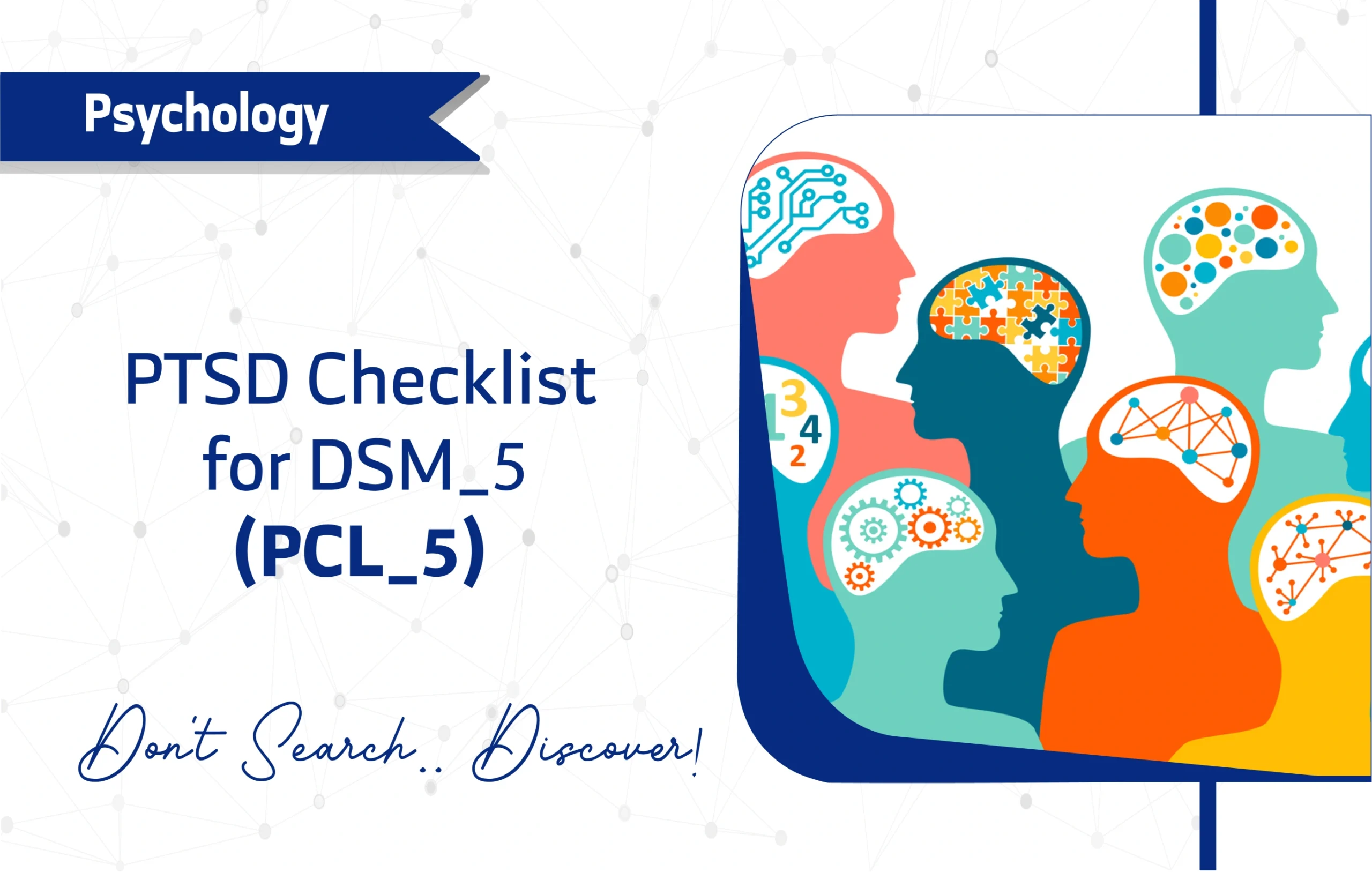
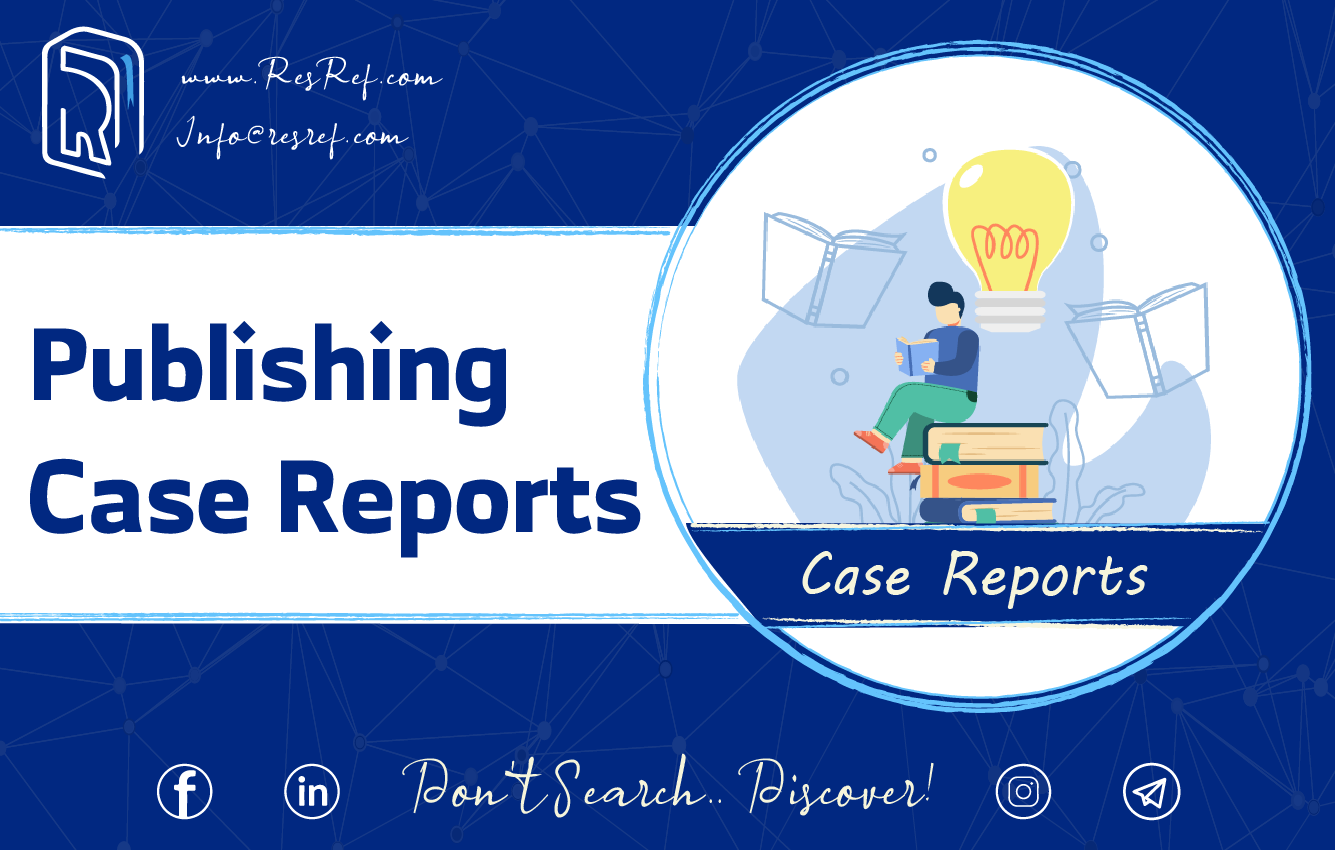
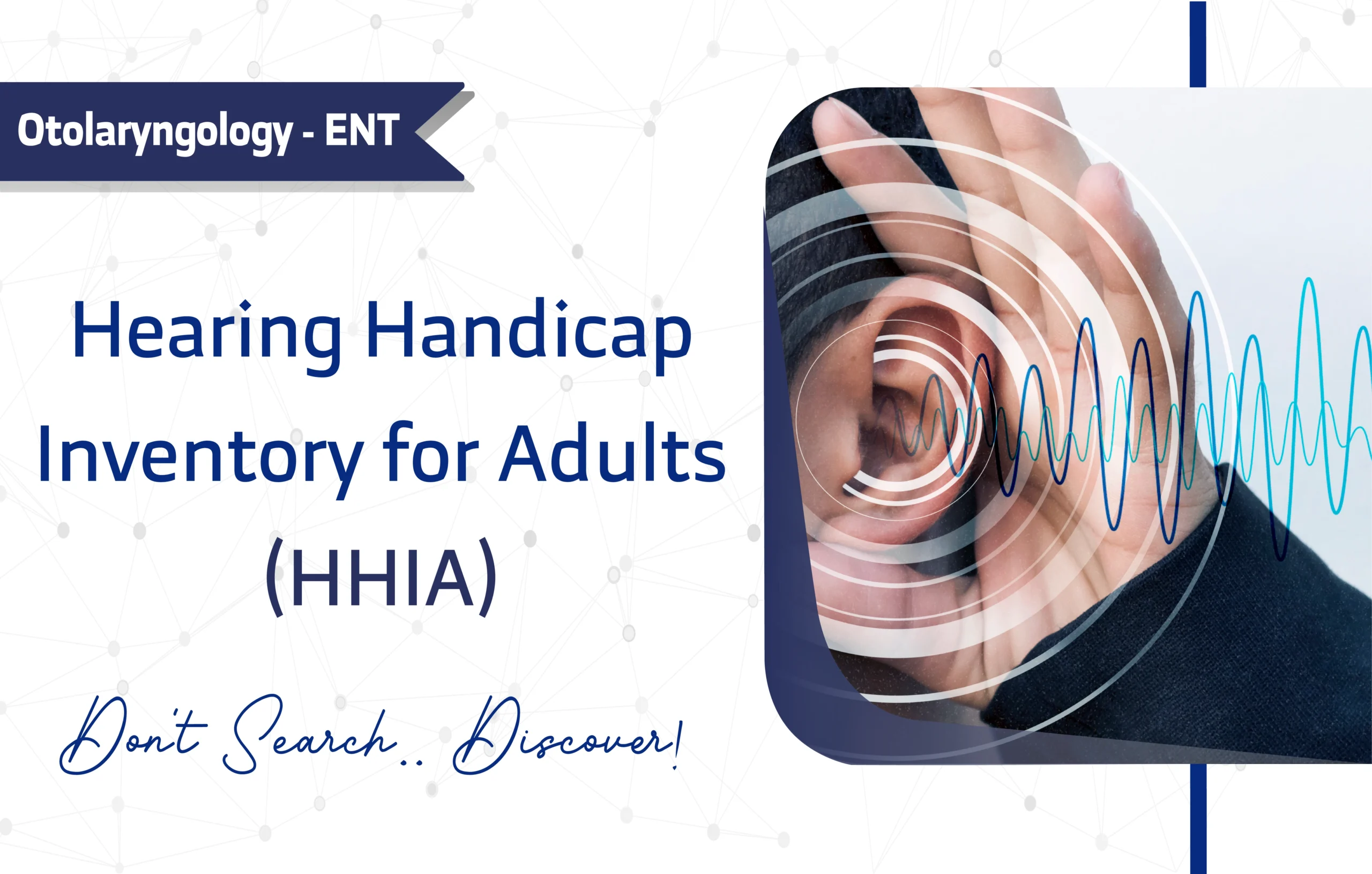
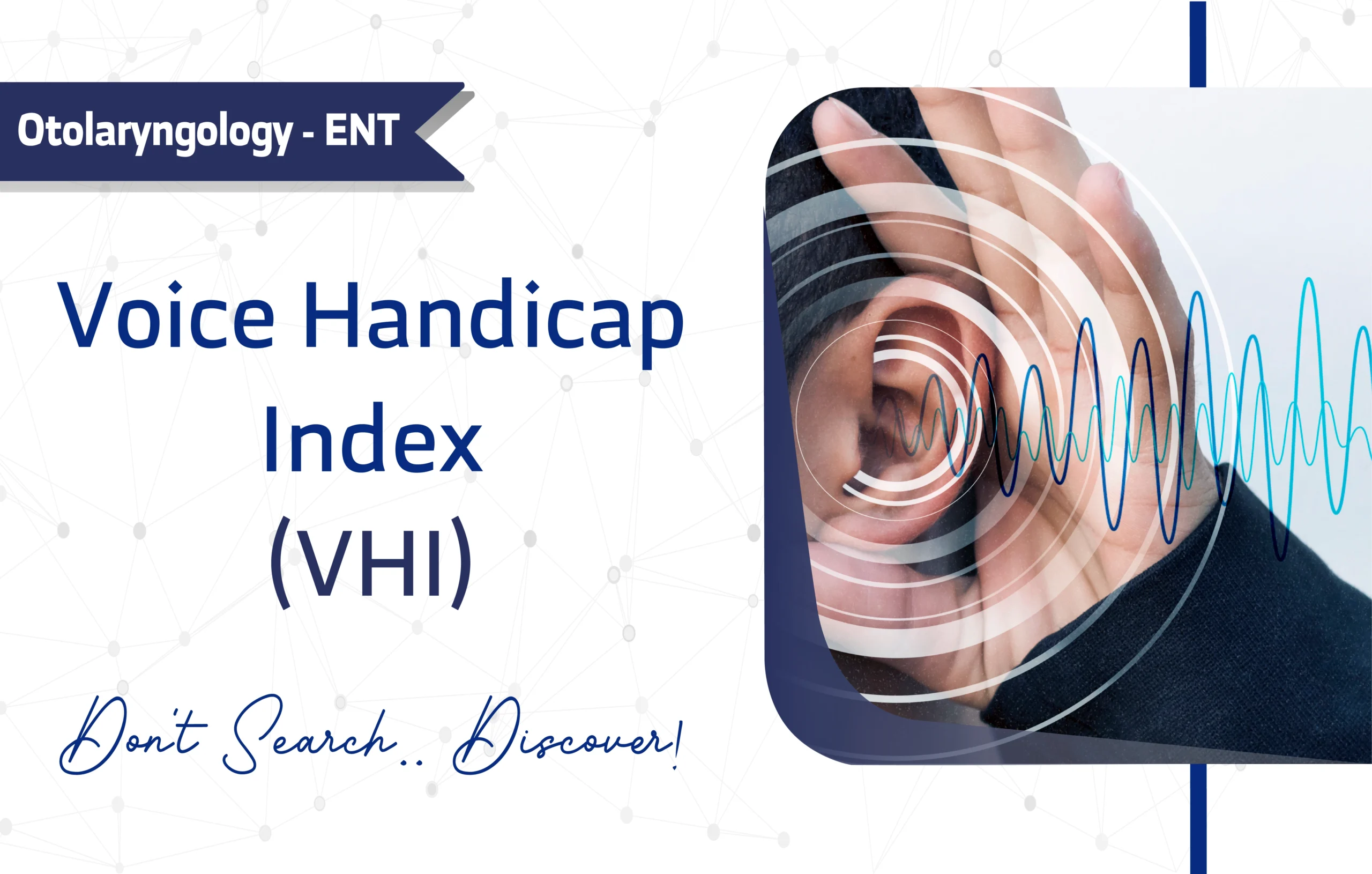
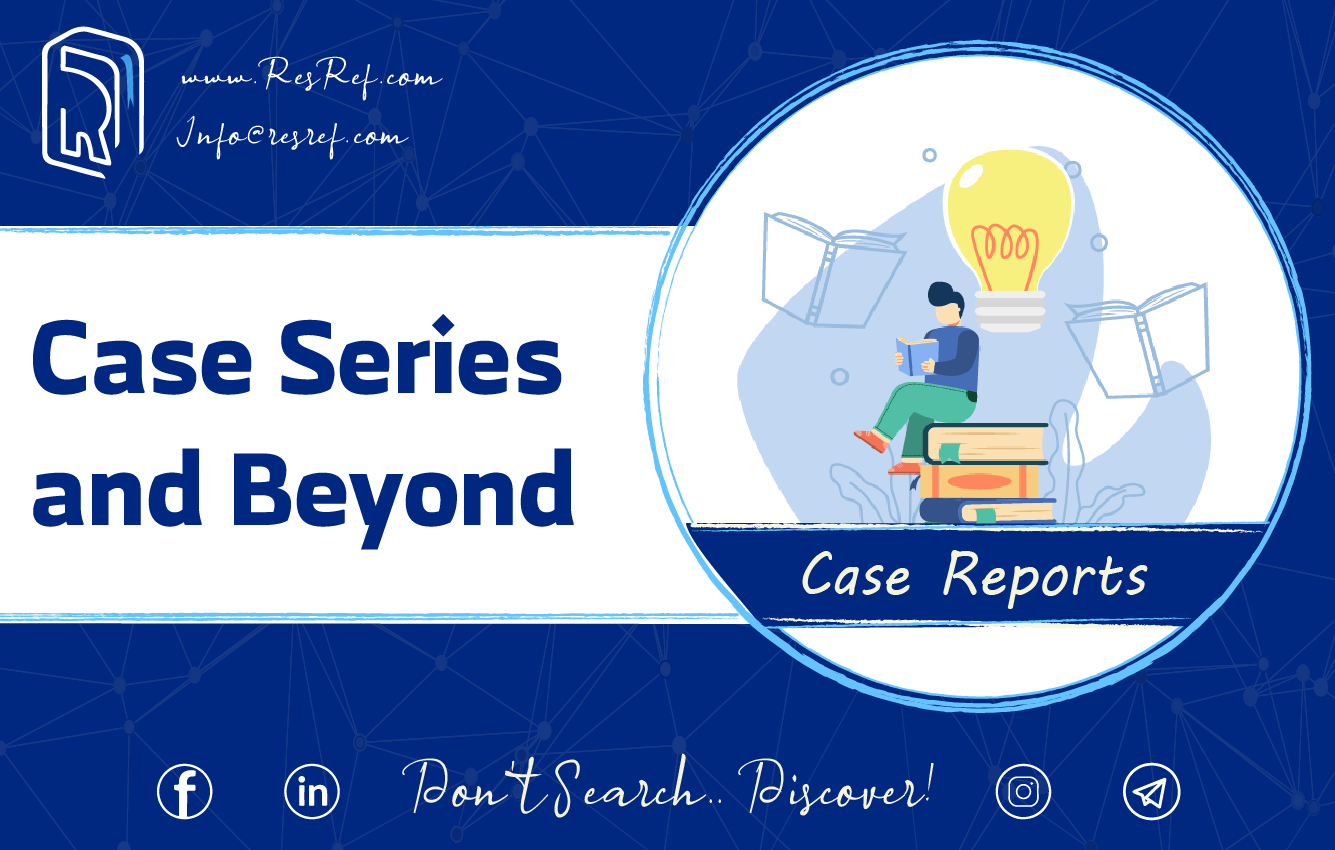
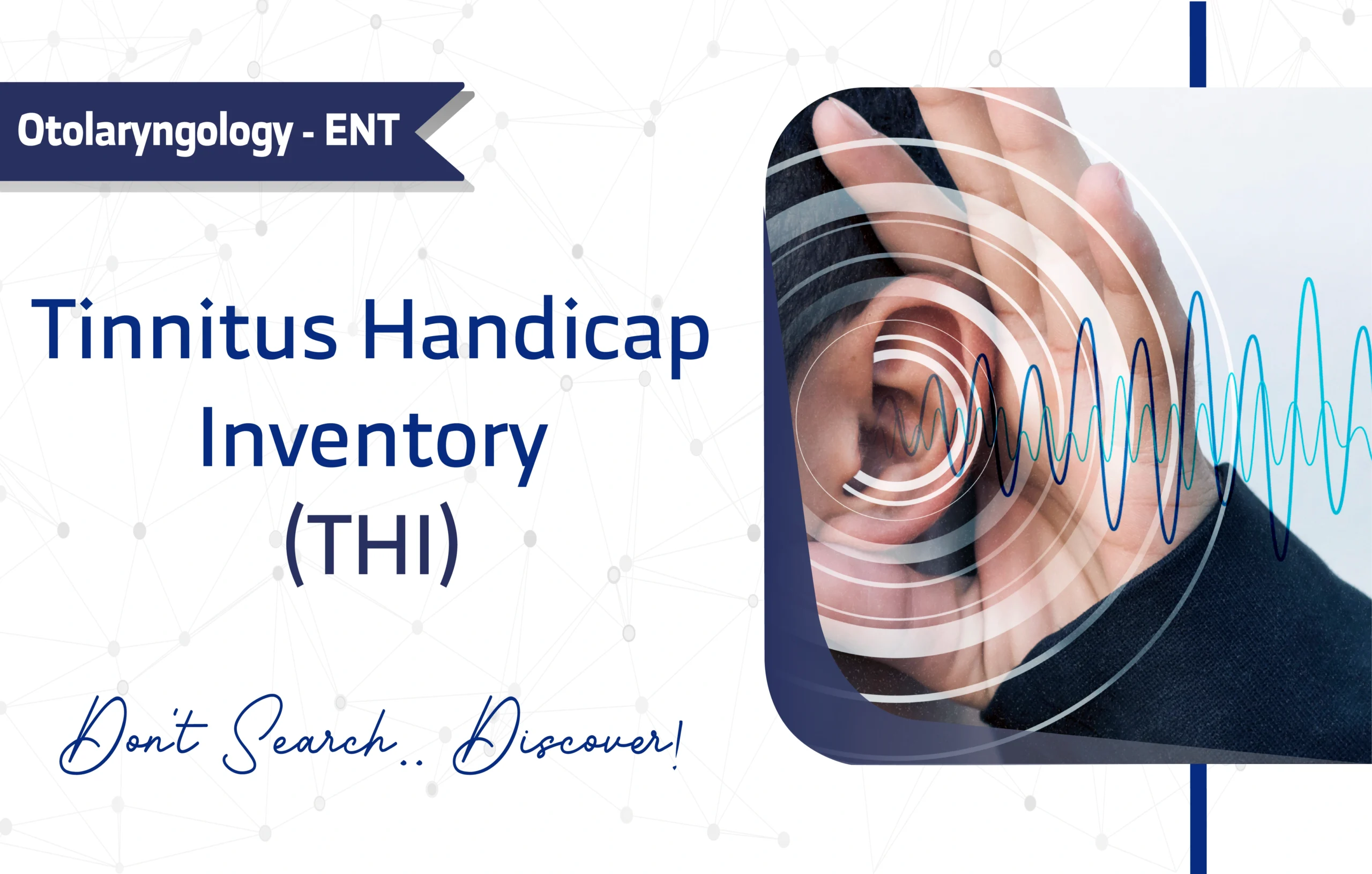
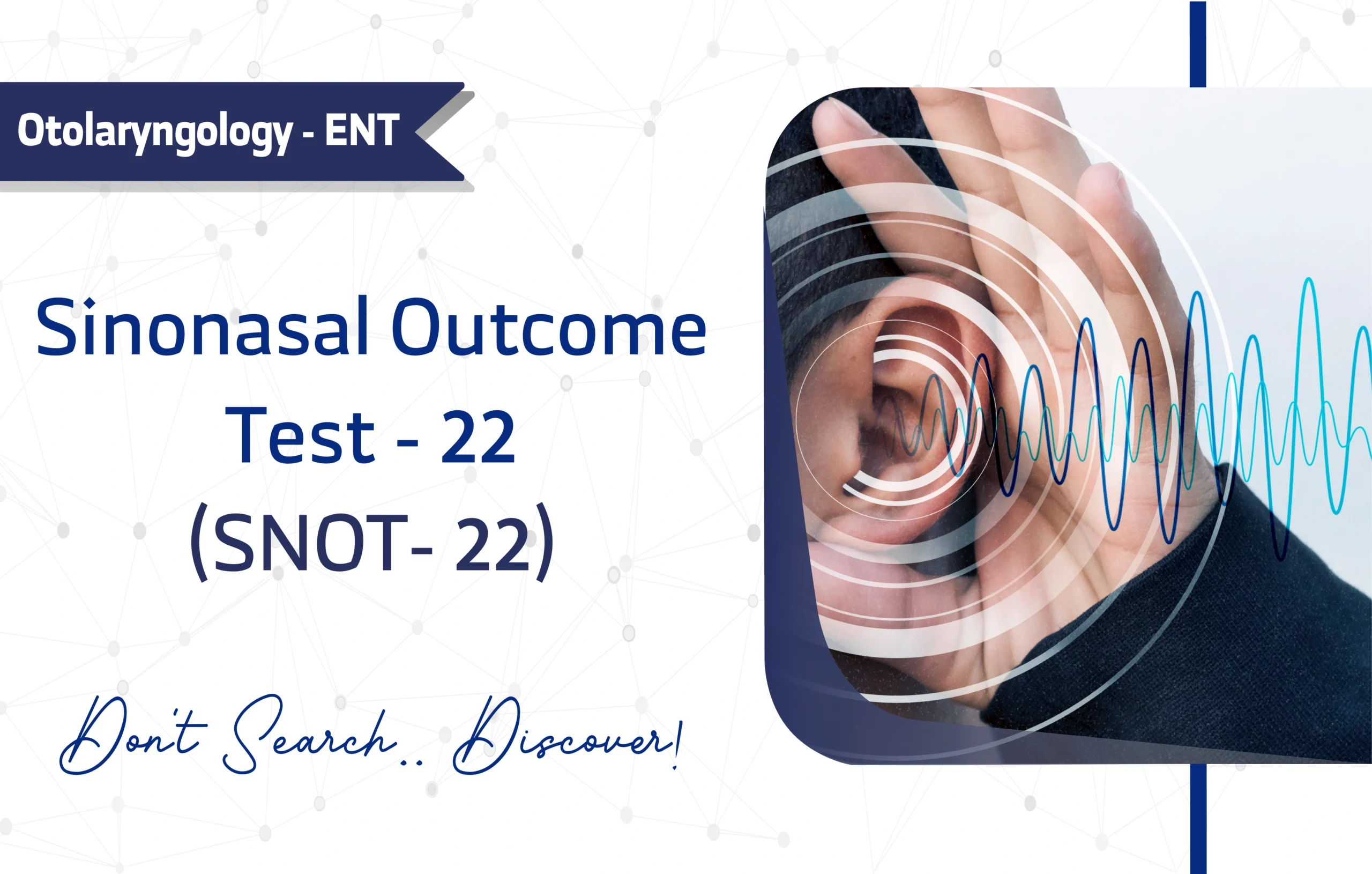
1 thought on “The PTSD Checklist for DSM-5 (PCL-5): A Full Guide for Researchers and Clinicians”
Wonderful articles from you, man. I’ve remember your stuff prior to and you are just extremely magnificent. I really like what you’ve got here, really like what you’re saying and the best way during which you are saying it. You’re making it entertaining and you continue to take care of to keep it wise. I can’t wait to learn much more from you. That is actually a tremendous website.